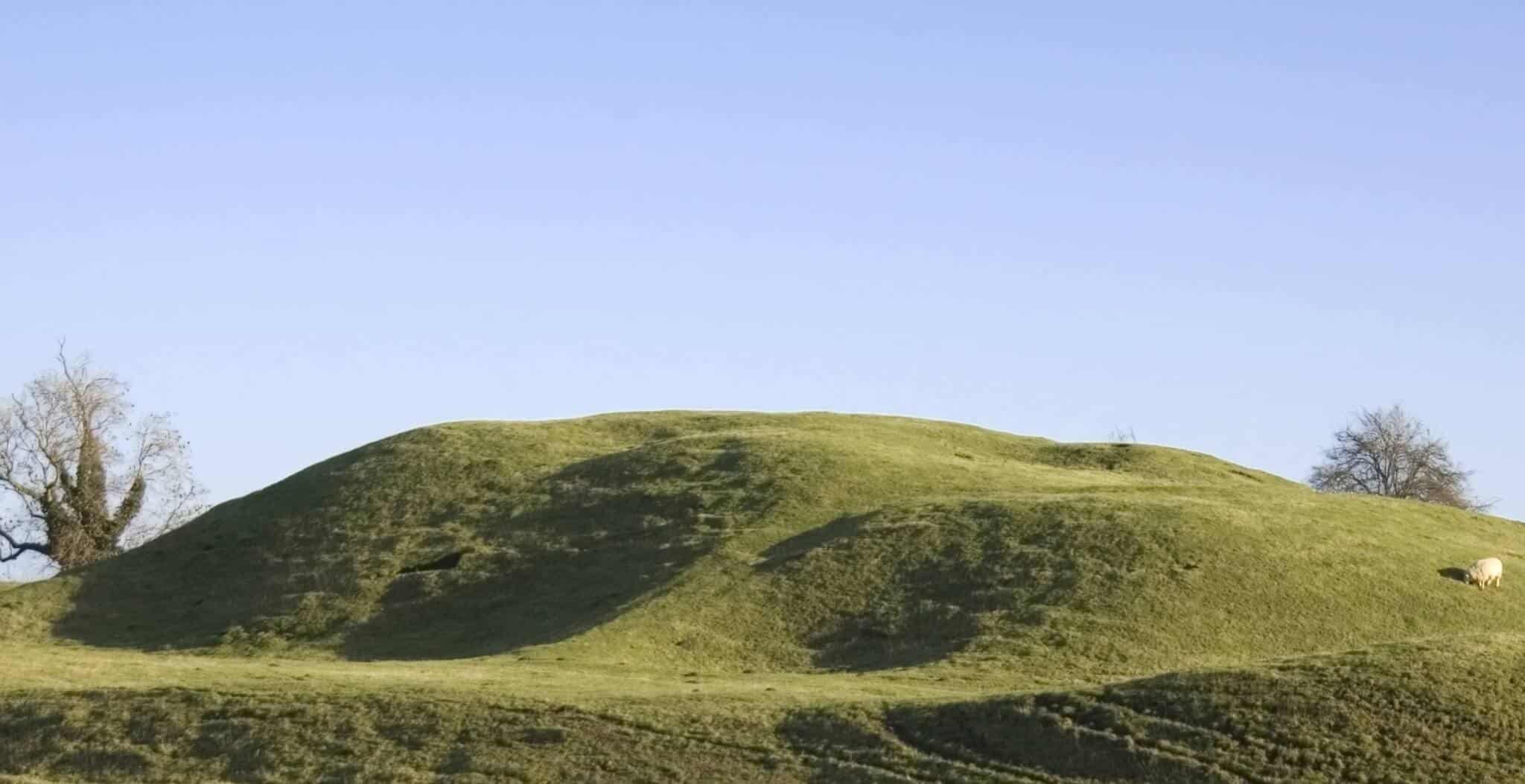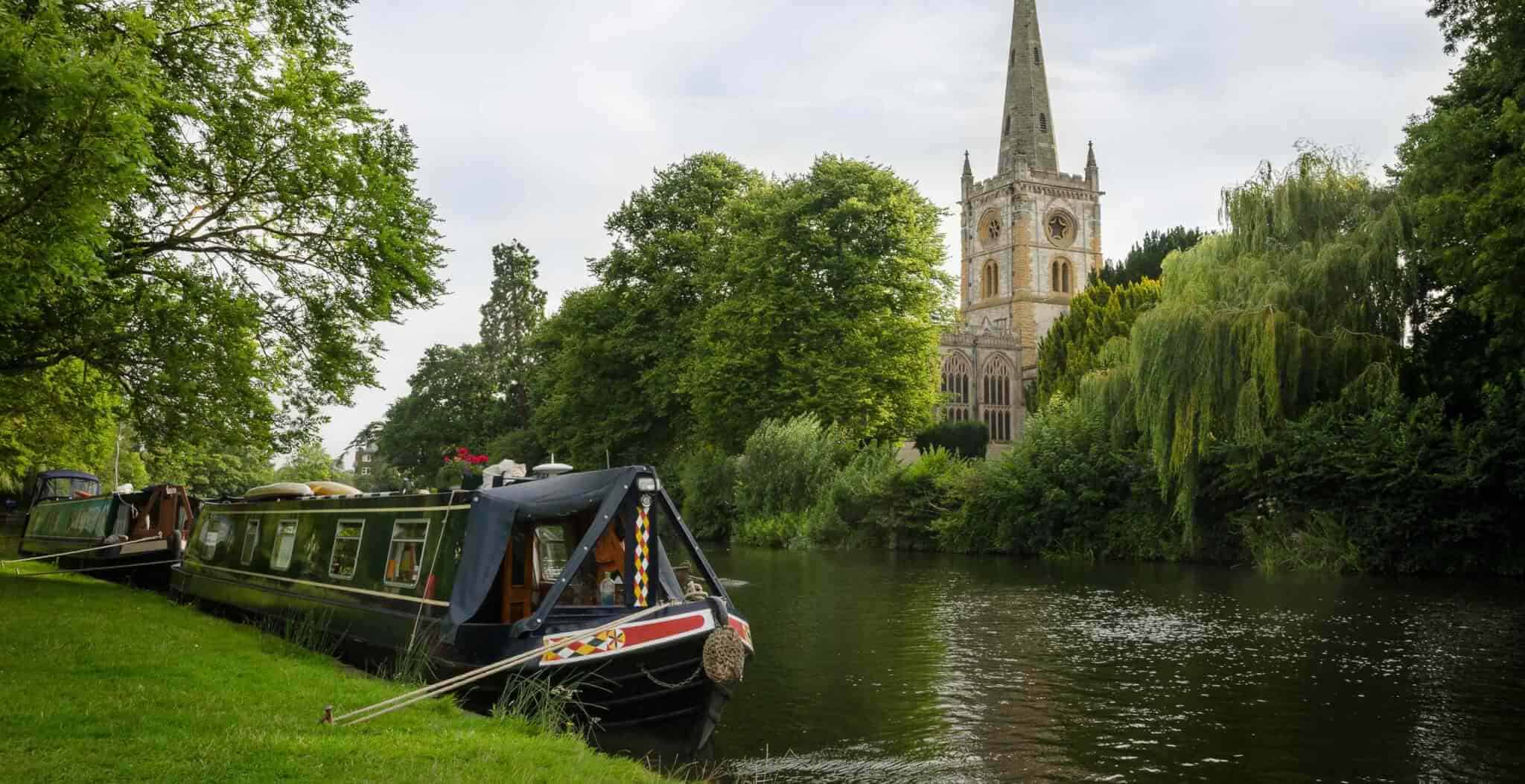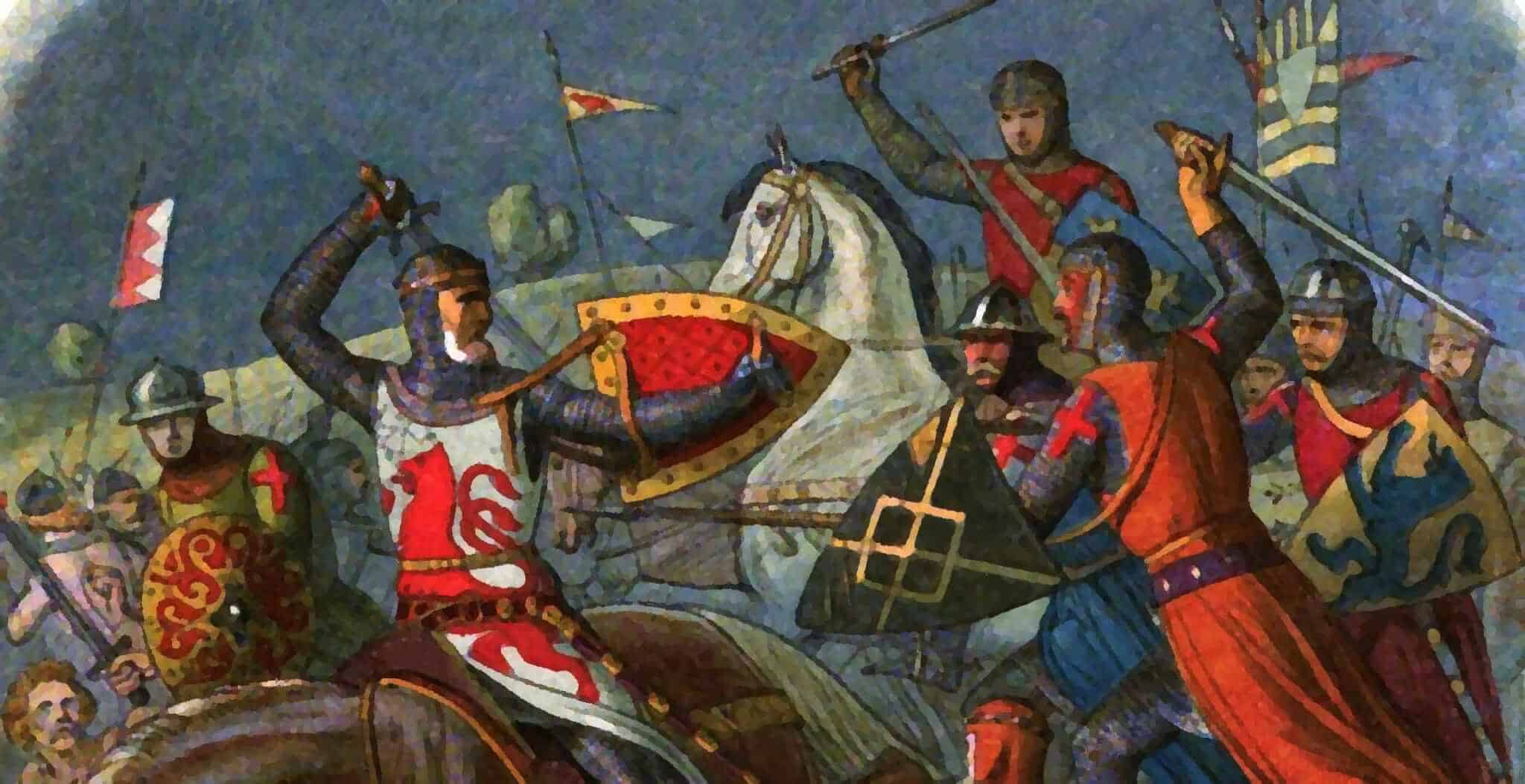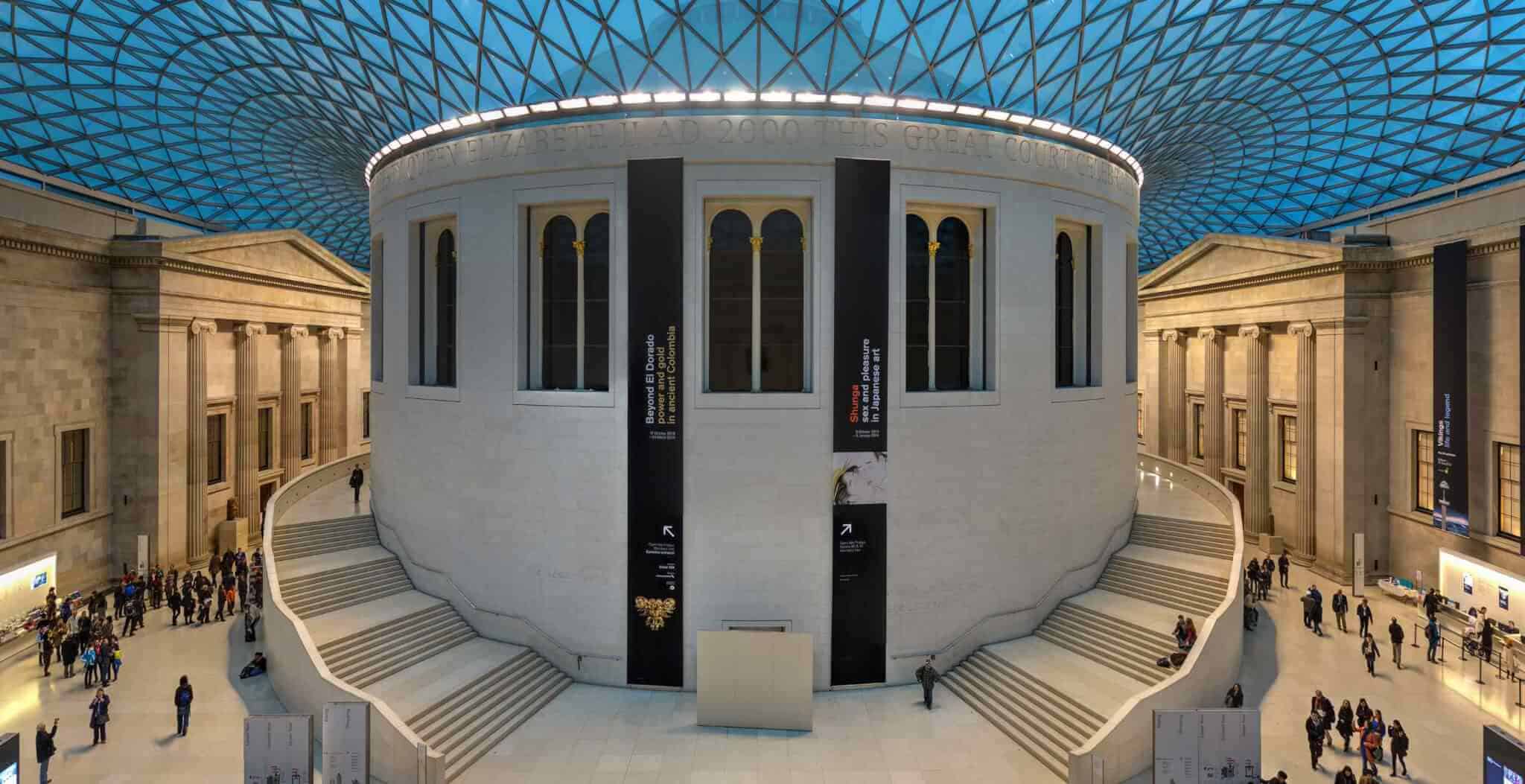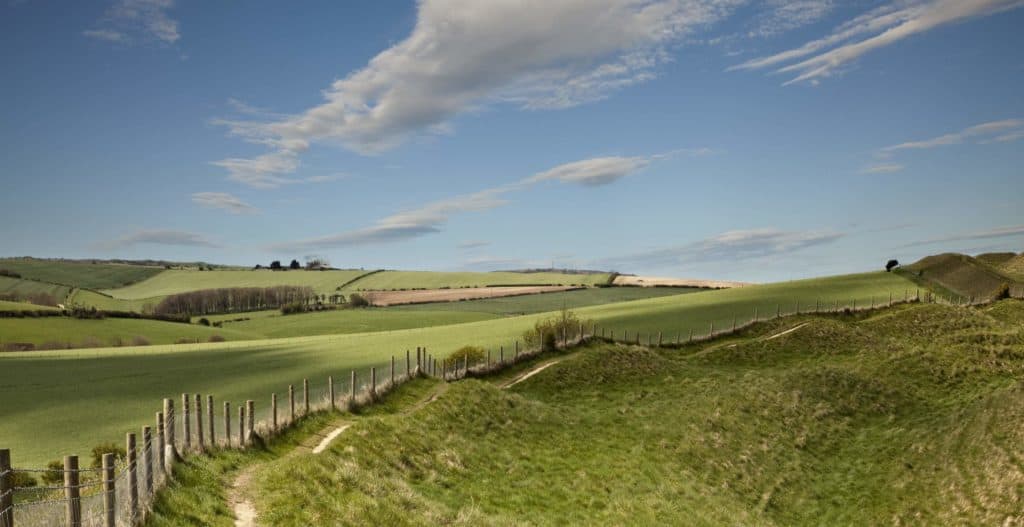Built sometime after the Norman Conquest of England, Yielden Castle is one of the most complete and well preserved motte and bailey castles in the Bedfordshire area.
First recorded in 1173, it was the stronghold of the Trailly family until the 13th century. The Trailly family may have been responsible for adding the stone curtain wall and round stone tower that once stood atop the motte. It is also around the 13th century when fishponds (which can still be seen today) were added to the site, demonstrating the changes in the castle’s priorities in more stable periods following the Norman conquest.
Although only earthworks are visible today, it is thought that a substantial amount of stonework foundations are buried just a few feet underground, yet to be excavated.
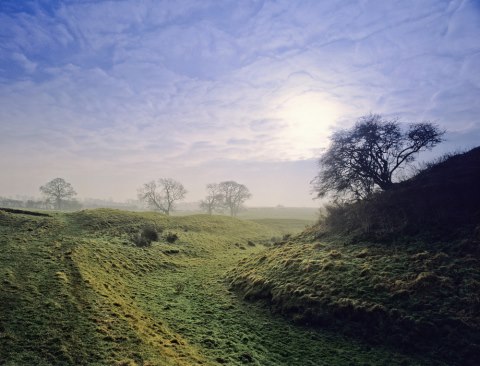
Above: A shot of Yielden Castle at sunrise.
The earthworks themselves include a two-stage motte (or mound) with the ramp that provided access to it, as well as two baileys (or courtyards). There is also evidence of six paddocks along the eastern side of the castle, again showing how in later years the castle became more of a manor than a fortification.
Yielden Castle appears to have fallen into ruin by 1360, possibly after suffering a siege. Only an earthwork mound and some remains are visible.
